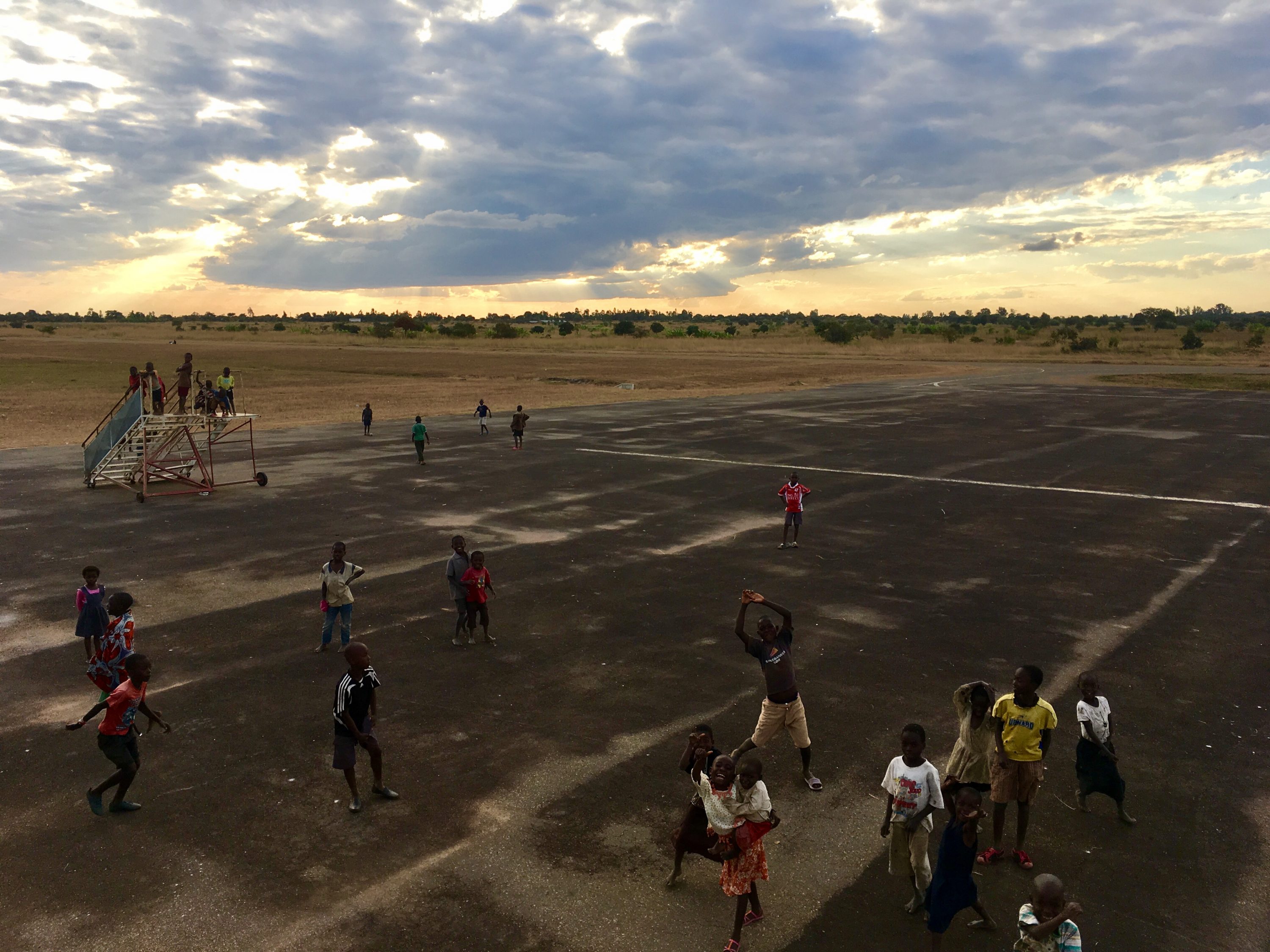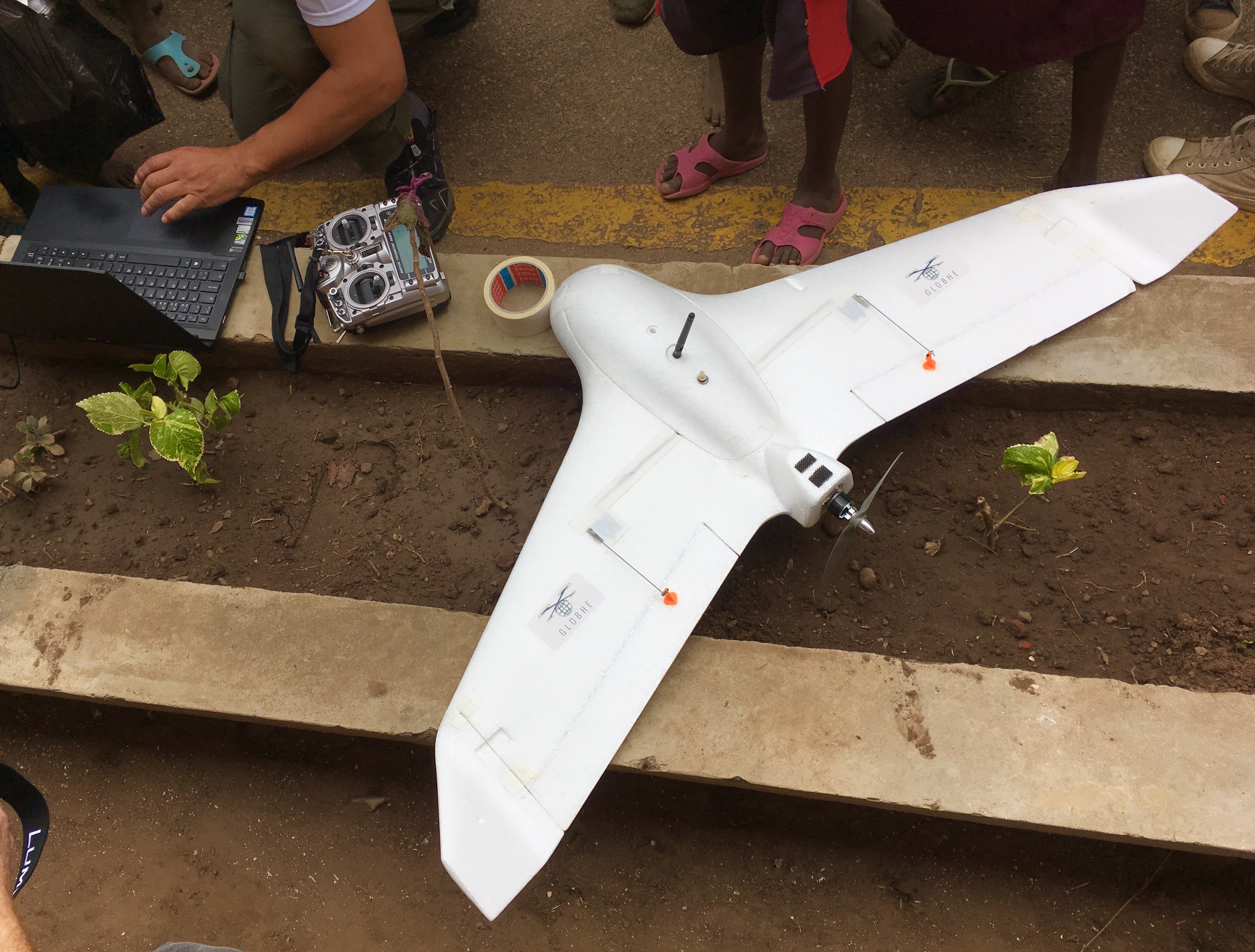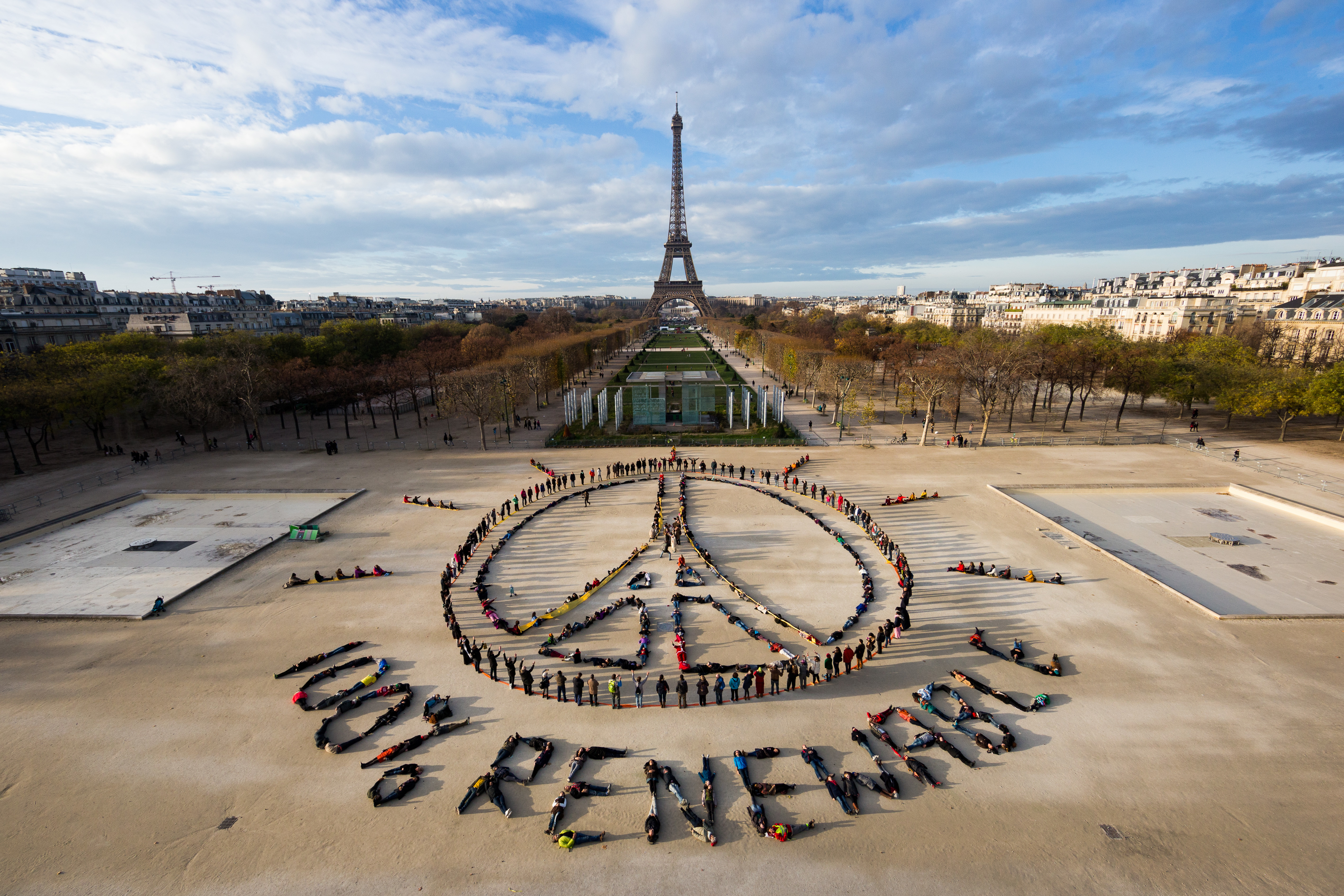Drones have a big role to play in the development of emerging economies. However, rampant misconceptions and misunderstandings of what these ‘birds’, ‘toys’, ‘kites’, ‘bombs’ are, and what they do, is threatening their proliferation in the developing world.
Unmanned Aerial Vehicles (UAVs), also known as drones, are developing at an unprecedented rate. Most commonly associated with military and civilian applications, drones are now being utilized in the humanitarian sector. The likes of WeRobotics and Globhe have successfully used fixed wing and quadcopter drones in many parts of the world, and Vertical Take-Off and Landing (VTOL) drones developed by Vayu, offering both range and the ability to hover, are a tantalising prospect for future operations.
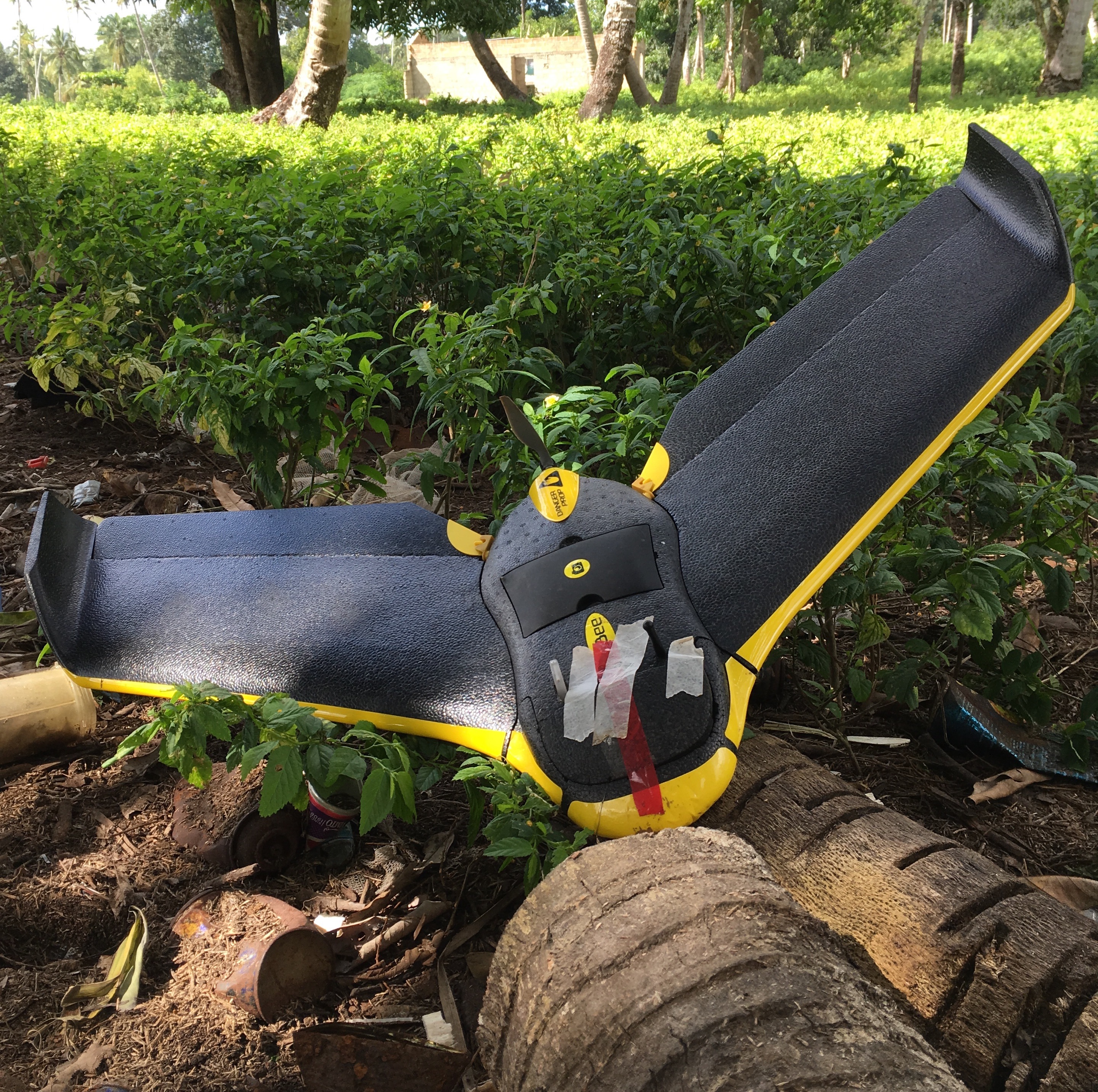
In the Photo: WeRobotics are deploying senseFLY eBee to map the Zanzibar archipelago. Drones like this map 3km2 blocks using high-resolution cameras and remote guidance. Photo Credit: Alexander Fraser
Applications range from large scale mapping of the Zanzibar archipelago to the delivery of vaccines and blood spot samples. As well as taking advantage of faster ‘as the crow flies’ navigation, sustainable development models have found that implementing a ‘last mile’ UAV program for medical delivery would be both cost effective and complementary to healthcare systems. These companies consider market analysis, supply chain logistics, and likelihood of critical government support when looking to trial drones in a country.
However, undertaking large-scale studies that assess local understandings of drones is often beyond their remit. A humanitarian UAV system will only be successful if it is accepted by local communities that understand the rationale behind their use. If local people accept the use of humanitarian drones, local and state governments are more likely to develop regulations that facilitate programs like Vayu’s last mile medical care delivery on a national scale. In this study, I spent time shadowing a UNICEF team at their humanitarian drone corridor in Malawi to gain further insight into how communities perceive humanitarian drones, and to explore associations with witchcraft.
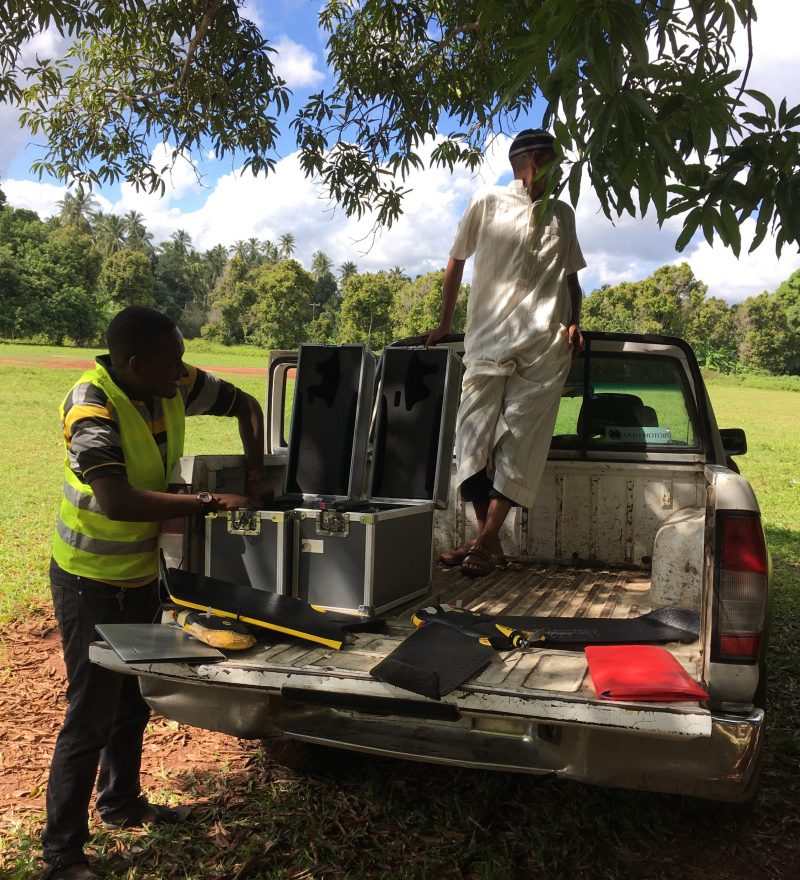
In the Photo: Two Zanzibar Mapping Initiative (ZMI) engineers prepare the senseFLY eBee drones. Locals emphasized the importance drones could have in delivering essential medical supplies and demarcating community boundaries. Photo Credit: Alexander Fraser
Taking the law into their own hands: Malawi’s complex relationship with witchcraft and spiritualism
Witchcraft is a major problem in Malawi. Under the Witchcraft Act (1911) witchcraft does not exist. Therefore, it is illegal to accuse one of witchcraft, to practice witchcraft, and to be a witch-hunter or witchdoctor. However, less than 15 percent of the population are aware of the Act. Malawi has very few doctors and nurses meaning that access to medical practitioners to provide diagnoses is rare. As such, unexplained illnesses, deaths and abnormal activity are often attributed to witchcraft. Fundamentally, locals lack the education and access to scientific knowledge to provide an adequate answer other than the work of witchcraft. This belief is reinforced by the powerful status of traditional healers within communities and widely broadcasted stories of witchcraft on media outlets.
Related Article: “HOW A SOLAR DRONE CAN SOLVE HUNGER”
This contradiction of belief and law poses a very complex and delicate problem to law enforcers. Upholding the law can prevent false, ungrounded accusations against people and lead to the arrest of perpetrators before unjustifiable acts are committed. Suspected witches are overwhelmingly elderly women, young children, and the mentally and physically disabled. These groups are abused, ostracized, banished, tortured, and even killed. For example, in the Nsanje district there has been a big increase in the trade of albino body parts, which are thought to possess special powers that can bring good luck. A ‘complete’ set can fetch up to ~$75,000. However, the law is often seen as a colonial accessory that does not reflect the true values and beliefs of Malawians. It has been contested in court as a direct violation of the Universal Declaration of Human Rights which protects the belief of witchcraft as part of its guarantee of “freedom of thought conscience, and religion”. Preacher-prophets and traditional healers have a stronger presence and command greater respect within societies than the laws and courts. They often advocate the practice of witch hunting in cases when law enforcement is deemed to fail to serve the justice that society demands.
So why do Malawians associate drones with witchcraft?
UNICEF has conducted extensive community outreach with village doctors to convince locals that no witchcraft is involved in levitating or powering drones. This was to dispel traditional Malawian beliefs that flying objects like drones could cast spells and hurt people. UNICEF measures to ‘demystify’ the object included community days where locals could touch and study the drones closely and then watch them fly. In areas where outreach had not occurred, associations between UAVs and witchcraft remained dominant among locals.
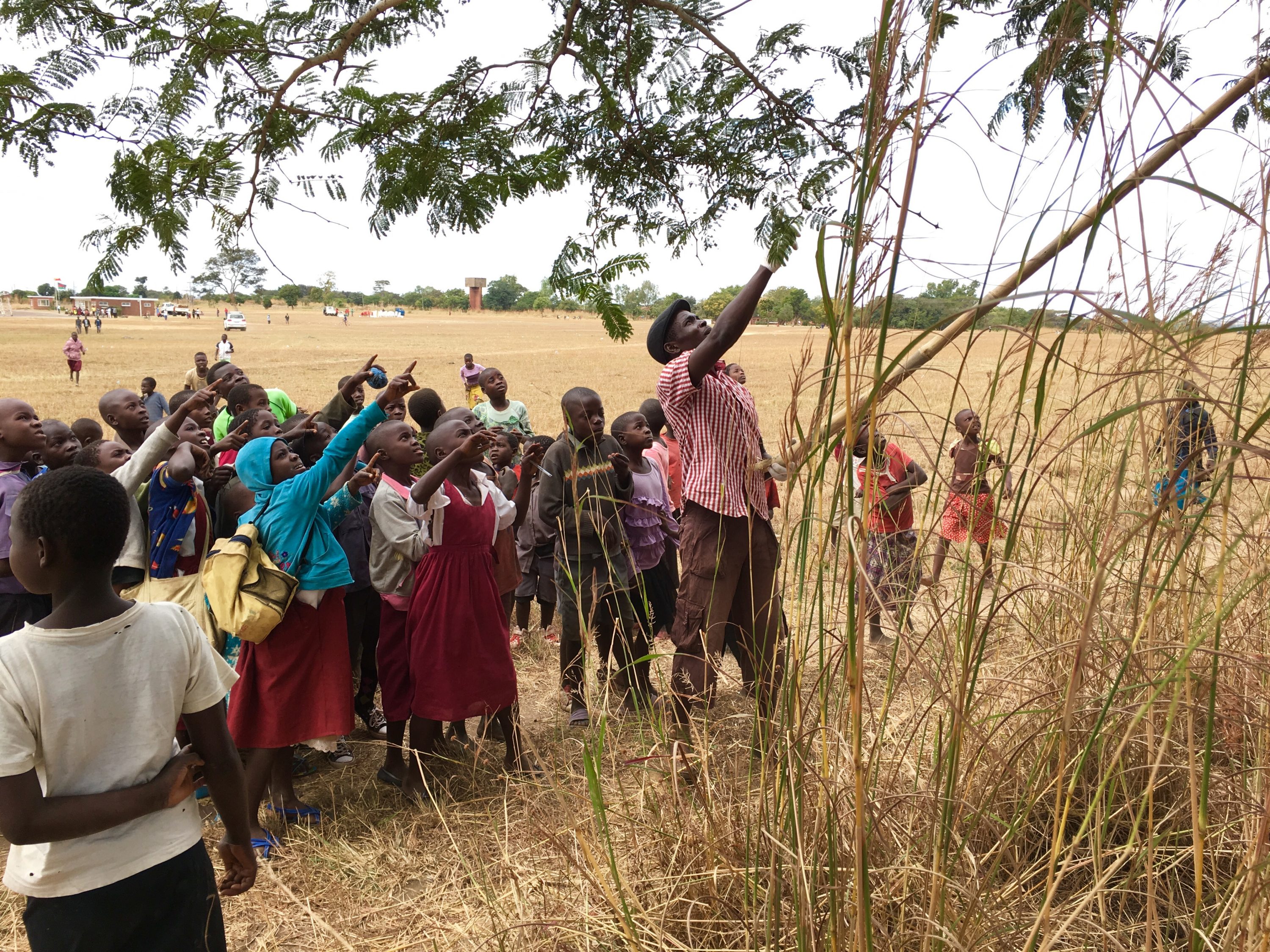
In the Photo: Children gather round to assist the UN team identify and rescue a stricken drone that had spectacularly crashed into a tree. Photo Credit: Alexander Fraser
A number of interviewees admitted that they initially associated drones with witchcraft or satanism and believed that without appropriate information, it was likely that such misconceptions might persist. [1] Due to the fact that the drones weren’t operated by pilots, interviewees also reasoned that they could be evidence of witchcraft. One even went as far as to say that ‘witches make drones’. Other interviewees debunked this theory arguing that witchcraft is intangible; you cannot see it [the witchcraft]… therefore drones cannot be it. Moreover, one interviewee who witnessed a drone flight during the day stressed that ‘witches do their business during the night’ and so these drones cannot be evidence of witchcraft. Finally, some remarked that because this was a developing country it was natural for people to not understand the technology and to draw parallels with witchcraft instead.
Opportunities for drones in Malawi
Drones offer a tempting solution to many of Malawi’s socioeconomic issues, but only if the challenges regarding witchcraft associations are resolved.
Healthcare
Malawi has one of the highest levels of HIV prevalence in the world, with a staggering 10.6 percent of the adult population affected. When diagnosed it is essential that patients start antiretroviral quickly. However, a lack of economic development, infrastructure, and human resource support means that delivery and return of blood samples for testing through conventional transport can take months. The faster test results can get to a laboratory and back, the faster a patient can start treatment. Drones trialed by UNICEF can cut this time down to minutes – the difference between life and death.
Agriculture
The predominant occupation of workers in Malawi is farming. In 2014 the UN found that agriculture employed 64.1 percent of workers. Farming is a major aspect of community livelihoods and income generation. However, diseases such as Armyworms, something that is affecting large swathes of East Africa, can decimate crop yields. Drones can be modified to monitor outbreaks, retrieve samples for testing, and even spray pesticides. Drones could also be used to monitor crops and livestock that are at high risk of being stolen.

In the Photo: Malawian children, especially orphans and albinos, are at risk of being abused and even murdered because of beliefs that their body parts have spiritual value. A popular use case of drones was surveillance of these vulnerable groups to deter criminals and monitor abuse and trafficking. Photo Credit: Alexander Fraser
Criminal investigations
A common suggestion by interviewees in this study was to utilise drones to monitor vulnerable groups of people such as old women, bald men, orphans, physically and mentally disabled, and albinos. These groups are targeted, often for their body parts or accused of being witches. In one graphic revelation, an interviewee described how in February a community member was stabbed, had his private parts removed and was beheaded. In another incident, it was revealed that ‘young children are beheaded and sometimes have their eyes removed’. In both cases, the perpetrators were under illusion that body parts had spiritual value and would bring them great financial reward if they sold it in the body part markets of Tanzania and Mozambique. Finally, one interviewee disclosed that she was unable to tend to her crops unaccompanied for fear of being raped. [2] Many felt that drones could be utilized to deter criminals from committing these acts through their surveillance capability. Particularly, some stated that even if drones were being used for other purposes, their very presence could deter perpetrators because of fear of being photographed or reported.
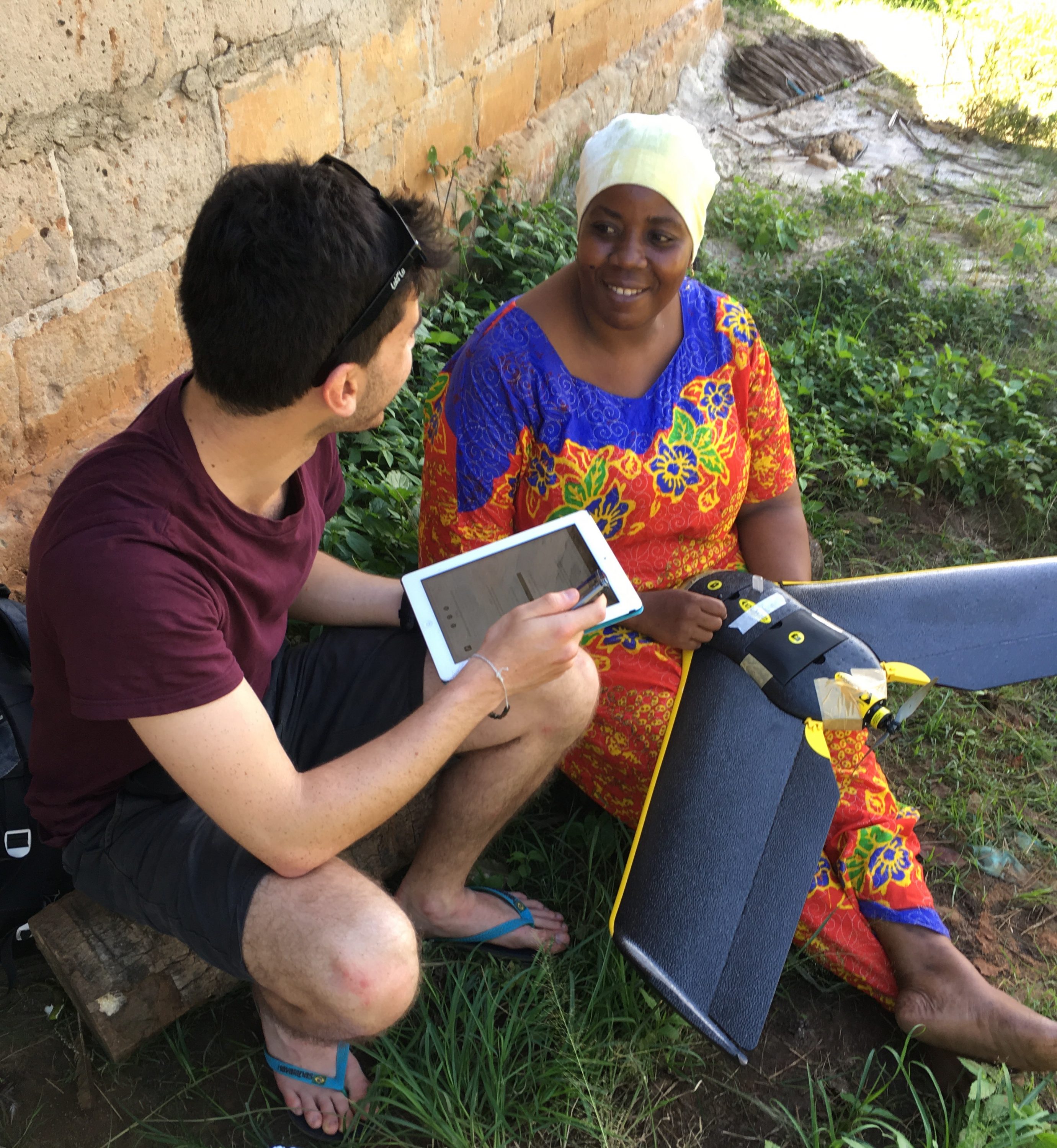
In the Photo: Outreach proved vital in addressing wild misconceptions about humanitarian drones. Alongside witchcraft, locals believed that crashed drones could burn down homes or be used to spy on people ‘maybe by the CIA’. Photo Credit: Alexander Fraser
The future: what can be done to mitigate the fears and concerns about witchcraft and drones?
Drones are at a crossroads. Technological advances and increasing state support mean that drones have the potential to provide a cost effective and efficient service that will facilitate development. Not only do they complement existing systems but they will also revolutionise the ways in which people go about their daily tasks. For example, by integrating drones into agricultural practices farmers will be able to increase crop yields, making them more economically productive. This increased disposable income will improve quality of life by increasing their spending power. In turn, this will have a positive knock-on effect with the rest of the economy. However, without the right approach to community engagement and the alignment of private investor and government goals, humanitarian drones are at risk of suffering a similar fate to other development initiatives: hefty investment followed by short lived success, hype, and a return to normality. I believe that the ‘right’ approach refers to three elements:
- Working towards a system where drones can be manufactured in the country of deployment using local skills and supplies thereby ensuring a sustainable supply chain.
- Widespread community engagement and interaction. This is paramount to helping change misconceptions surrounding drones. It is important that local partners such as district officials lead this, with actors such as UNICEF acting in a supporting capacity.
- Consultation with community Chiefs. This is an excellent way of addressing concerns and getting direct feedback from communities on how to use drones to resolve their problems. It is also an efficient way of spreading messages to whole communities without speaking to vast numbers directly.
The initial reaction to seeing a drone prior to sensitisation is one of fear, confusion, curiosity, and anxiety. On several instances, interviewees drew associations between drones and acts of witchcraft. Interviewees also raised concerns about drones crashing and ‘destroying’ houses by burning them down. Only after sensitization did these fears subside. Nonetheless, interviewees warn that fears and witchcraft associations will be dominant among communities where outreach has yet to occur. There are no signs that witchcraft narratives will lose their plausibility as a result of people being told that witches do not exist. As such it is paramount that sensitization is expanded. To effectively utilise these applications of drones over a wide area it is paramount that drone companies and the Government of Malawi expand and maintain community outreach programmes.
Will drones become a fixture of our daily lives in the next 10 years? I think yes. Only time will tell.
[1]/[2] Please enquire for further details. Official transcript yet to be published.
